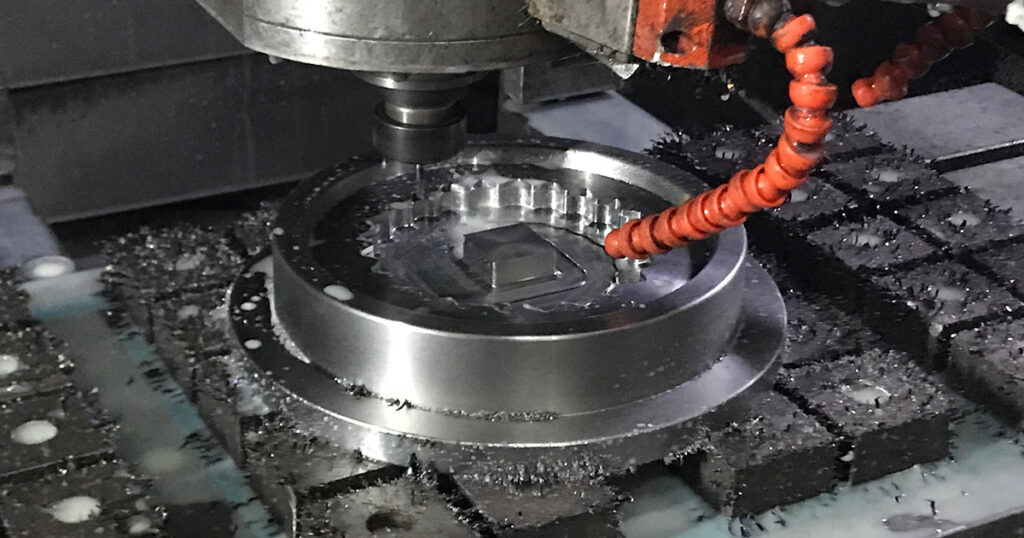Overview
A CBS client manufactures engineered-to-order, low volume, heavy steel fabrication and welded products with high delivery demands from its customers. The company was under severe cost pressures as profitability and cash flow were not achieving expected results. The client consistently missed labor estimates even though time observations indicated they were attainable. In addition, the client consistently experienced material cost overruns because key components or requirements were omitted during the estimating/quoting process.
The Challenge
While the manufacturing process was quite simple, the product being manufactured was very large and heavy. All product required an overhead crane to move, so the key challenge was to create a consistent flow of product to ensure that:
- The crane availability could be managed.
- The product was never moved to a non-standard work-in-process (SWIP) position, i.e., it was never double handled.
At CBS’s initial engagement, employees were given a print, and they were allowed to complete the work via their own assembly process and at their own pace. There also was no visual management system to support the standard work process; hence, the shop employees as well as the leadership team did not know if they were achieving key performance metrics throughout the shift, day and week.
Finally, with the lack of a standard product launch process and the above-mentioned lack of standard work, the company had to deal with an unmanageable number of abnormalities/flow interrupters causing lead time and cost overruns.
“When we first met CBS, we knew our team worked hard, but we never seemed to attain our goals. After CBS spent time reviewing our facility, they provided a clear vision to our problems and how to improve them.” —Division President
The Approach
Understanding the Opportunity
Following a comprehensive “Diagnostic Assessment” of the site by CBS and working with the key leadership team, a plan was developed to clearly communicate the approach and key elements to close the gaps between current performance and desired performance. For the production process, the plan focused on implementing the necessary elements of a “lean manufacturing system.” Those elements consisted of:
- Standard Work for each shop floor operation to solve the issue of employees working to their own methodology and pace.
- Workplace organization (5S) to eliminate the waste of operators looking for tools.
- Implementation of CBS’s proprietary Visual Management and Control System, including:
- Key Performance Indicator (KPI) monitoring process
- Leader standard work
- Visual pacing system
- Abnormality Management System to address flow interrupters
- Gemba which engages the leadership team in the process on the floor
The lack of a standard launch process required a different approach. CBS determined it would conduct a detailed business process improvement activity to both identify and fix gaps in the current production launch process.
Deployment of the Solution
The “system” was implemented over just a brief 12 weeks, using the Kaizen methodology. Each week a team of shop floor and support team employees worked with a a CBS consultant to develop a clearly defined charter that specifically outlined what the scope and deliverables were for that week.
The manufacturing process consisted of six steps/departments. Through the diagnostic assessment, the key bottlenecks were identified and became the focal point of our initial efforts. Spending approximately two to three weeks in each of the key bottleneck departments, we implemented the above three key elements.
To ensure that the “system” was sustained and further enhanced, CBS implemented a daily Gemba Walk. The word Gemba means “the real place” or “the actual place,” this in-person review of the departments was to observe the effectiveness of the work being completed. Each day the leadership team, following the site-level KPI review, went to predetermined departments. There, they were led by the department supervisor for a review of the KPI Board and then for a visual review of the department. The intent of the daily GEMBA was to ensure:
- Leadership could clearly see the issues on the floor without interpretation and support the team in problem-solving the issues.
- Identification of opportunities on the factory floor that required attention in the interest of continuous improvement.
- Leadership was accessible to all associates.
The last element of the lean manufacturing system that CBS implemented was Leader Standard Work. This is a set of integrated and layered activities that support the daily improvement of the site. Leader standard work is important to an organization as it encourages the leadership team to be involved in the improvement and performance of the business. In this case, a series of “checks and balances” was also put in place to ensure that activities were consistent with the intended results.
The system implemented provided the manufacturing team a detailed definition of the current time-based best practices for lifting, welding and assembling heavy steel structures to meet customer demand. For the factory to “start and finish” the project strong, the standard product launch processes must have the same approach.
A Kaizen event was conducted to develop time-based standard work for all pre-fabrication processes (Design Engineering, Quality, Procurement etc.). The Kaizen team developed a current state business process map of all functions and key elements associated with planning a new project. This process map revealed there were no time- based standard work activities for critical path project elements, such as material purchasing, engineering critical equipment requirements review and the development of operator standard work based on customer demand.
The team developed a future state business process map that implemented a critical path pre-project planning process for all business functions with standard work to prepare for manufacturability. The future state process flow provided a “phase-gated” approach for all critical elements and an abnormality monitoring process for each project to mitigate risks to project launch.
“I thought it was going to be a tough week. I followed the Leader Standard Work, and at the end of the week, I had completed what I needed, and it was far easier than I thought.” —Division President
Statistical Results
Once flow was created by addressing the bottleneck departments, we were able to positively impact the entire facility.
- Throughput increased by 50%.
- Direct labor costs were reduced by 35%.
- Return on Investment (ROI) was achieved in 4 weeks or a 13X return.
Conclusion
The client, a typical manufacturing company, was running their operations with traditional manufacturing techniques. This worked for them until shifts in customer requirements dictated much lower volume runs, eliminating the ability for the company to “absorb losses” in missed design elements and improve the labor efficiencies. CBS helped this manufacturer by creating a system that synchronized the four key elements of the enterprise: manpower, machines, material and method.
With the new system in place, the site now takes a proactive approach to planning new product launches all the way through the release of orders to the shop floor to shipping the product to the customer with standard work established throughout the system driving all activities. Finally, the implementation of CBS’s Visual Management and Control System gives the client the tools and processes to quickly identify abnormalities and to problem-solve them real time, thus reducing customer delays and cost overruns. While the system is not perfect, it did help this client quickly get back on track with both their customers and their shareholders.
About Competitive Business Solutions (CBS)
Competitive Business Solutions consultants are masters of world-class operating and lean sigma principles. Creative problem-solvers throughout the improvement process—from initial discovery and strategic solution development to implementation and knowledge transfer—CBS consultants take pride in their client relationships, working side-by-side with every member of onsite teams to identify performance issues quickly and effectively, with significant and sustainable business improvement as a result.



